Related page:
Fault protection Please note the similarities in power amplifier protection and the Kenwood radio!
A recent poster on e-Ham suggests a resistor in the cathode of a TS830 functions as a fuse.
Here is the circuit of that PA section:
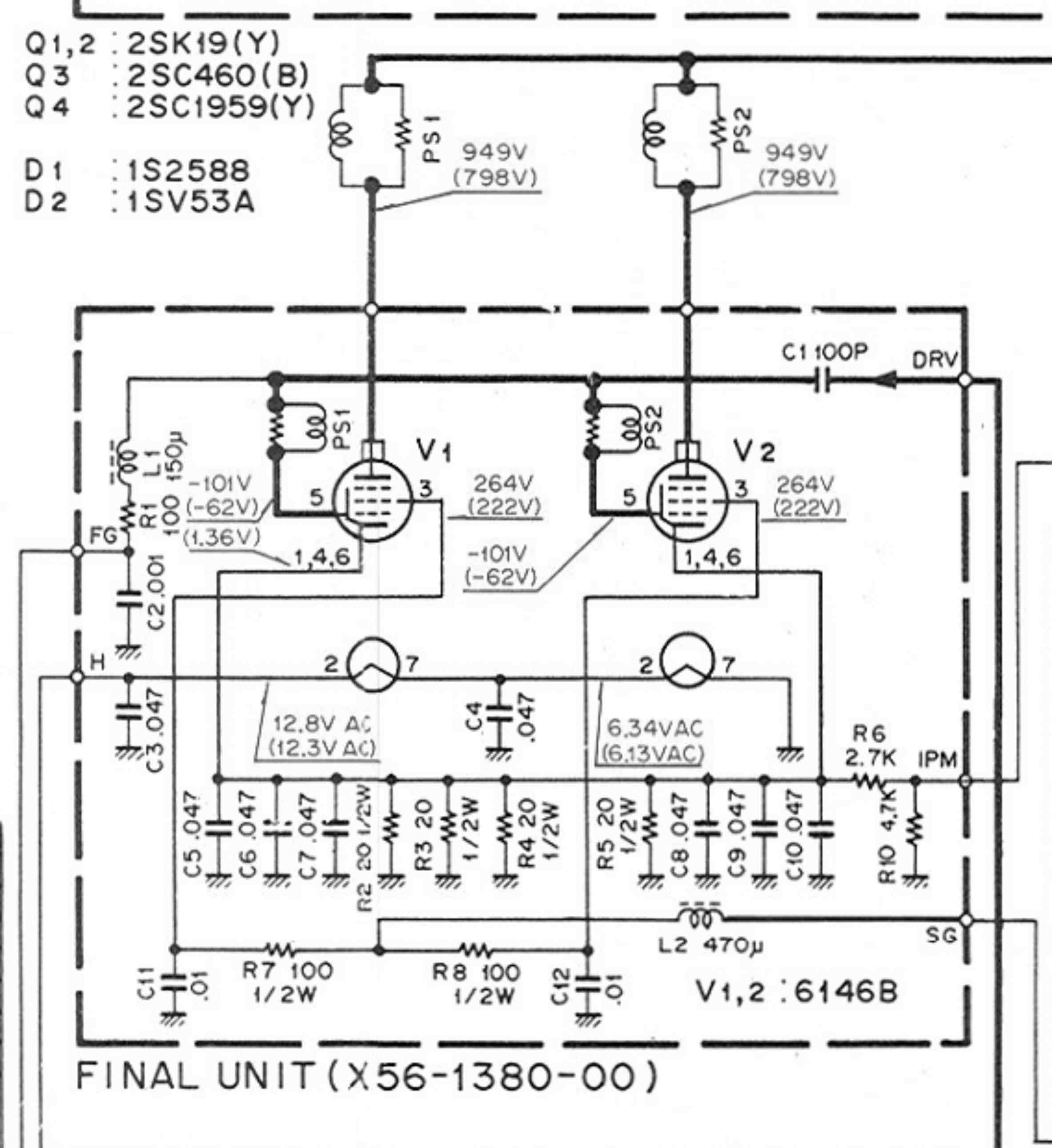
R2,3,4 and 5 are the resistors in question. Notice R6 and R10. They are meter multiplier resistors to properly scale the meter. The cathode resistance in question is comprised of four 20-ohm 1/2 watt resistors (R2-5) in parallel, resulting in 5-ohms at 2 watts. The typical failure time of a small carbon resistor is anywhere from a few hours to infinity at fairly large overloads. See this reference:
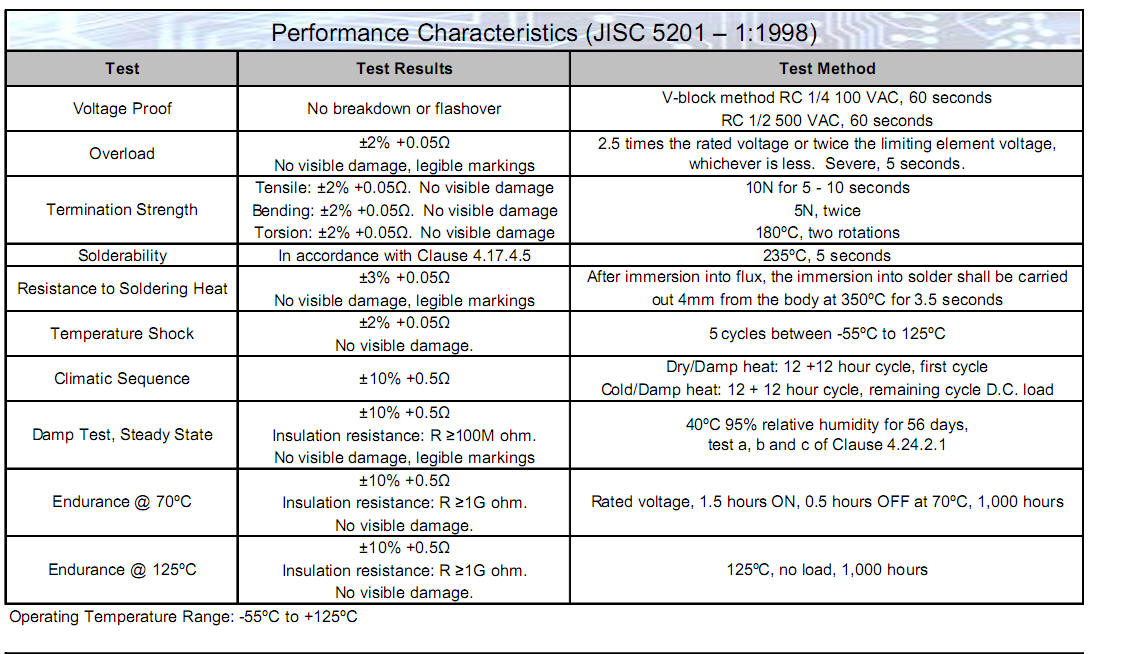
and this report:
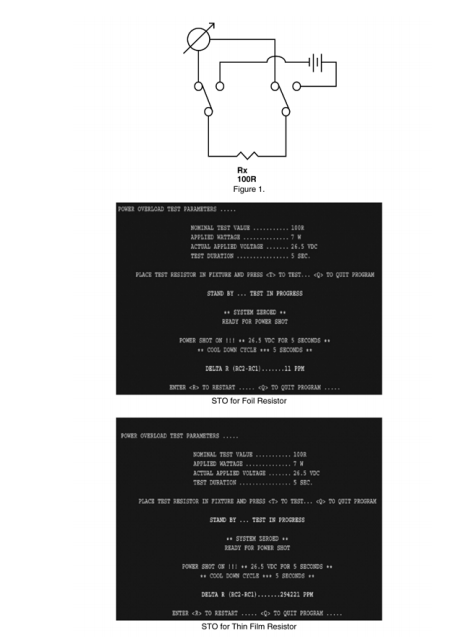
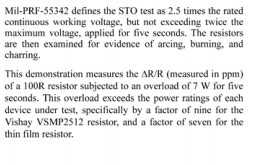
Examination of data from commercial manufacturers of carbon and metal resistors show the resistors typically withstand overloads of 6 to 9 times the steady state voltage rating during overloads for several seconds without significant resistance change.
My tests have shown carbon resistors can typically stand several minutes to several days at dissipation overloads of 500%. It generally takes an overload of several thousand percent to open the resistor in a few seconds, and ten's of thousands of percent overload to open instantaneously or catastrophically.
Here is what K4DPK found in his experiments:
K4DPK's test was only 2.7 watts dissipation so it is no surprise the resistors did not fail, but notice the resistance decreased after the overload. This is the normal cycle of carbon because carbon is a semi-conductor. The resistance decreases after long term exposure to elevated temperatures.
Now let's look at the 6146 characteristic curves and see what sort of resistor dissipation we get compared to stresses inside the tube:
First let's setup some very strange load lines that represent gross mistuning. Let's try maximum current overloads at minimum voltage (line 1), medium voltage (line 2), and maximum voltage (line 3).
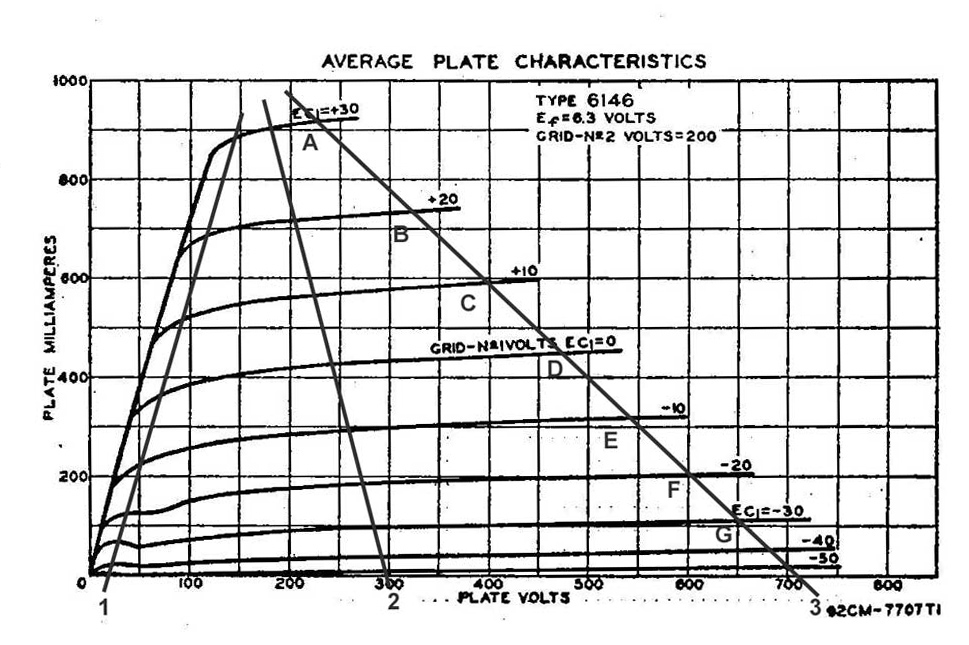
Rated maximum ICAS anode dissipation is 25 to 35 watts depending on tube type:
6146
AF Power
Amplifier &
Modulator - Class
AB1 (ICAS)
Plate Voltage
.................................
750 V
Grid No. 2 Voltage
............................
250 V
Plate Input
...................................
85 W
Plate Dissipation
.............................
25 W
Grid No. 2
Dissipation
........................
3 W
Plate Current
.................................
135 mA
Grid No. 1 Circuit
Resistance
Fixed Bias
..................................
100K Ω
Bulb Temperature (At
Hottest Point)
........... 220 °C
6146B
AF Power
Amplifier &
Modulator - Class
AB1 (ICAS)
Plate Voltage
.................................
750 V
Grid No. 2 Voltage
............................
250 V
Plate Input
...................................
120 W
Plate Dissipation
.............................
35 W
Grid No. 2
Dissipation
........................
3 W
Plate Current
.................................
220 mA
Grid No. 1 Circuit
Resistance
Fixed Bias
..................................
100K Ω
Bulb Temperature (At
Hottest Point)
........... 260 °C
On the above loadlines, anything over the following values is excessive dissipation in each tube:
Loadline 1, curve D, zero volts G1
Loadline 2, curve G, -30 volts G1
Loadline 3, unlabelled -40V G1 curve
The resistor limit at full rating, not at failure, is 0.315 amperes per tube. This is several times the steady-state plate current for rated dissipation. At that point the anode and power supply would be really cooking! That would be 630 mA at several hundred volts, or 400+ watts from the supply.
Now let's look at the screen:

The thick horizontal black line is the screen dissipation limit. The thin-wire screen has very low thermal mass, making it very sensitive to short overloads. It is a very rapid failure element. All points that produce excessive cathode resistor current and dissipation, as well as many of the points that do not produce excessive cathode resistor dissipation, result in excessive screen dissipation. As a matter of fact some points that just barely reach the resistors ratings result in well over five times rated screen dissipation.
Would you call the resistors fuses or protection, when the tube anode and/or screen has to exceed the rated dissipation long before the resistor?
The resistors are really just a victim of old age, a momentary short in the tube, or a thermal runaway that has damaged a tube element. They are almost certainly a casualty of tube failure, where the tube breaks down from internal overload like a red-hot screen grid or anode that outgases and causes the tube to flash over internally.
Additional Discussion
Let's look again at the TS-830 circuit. From a fault protection standpoint, we would NEVER want the cathode resistors to open. We would never want them to be "fuses".

If the cathode is allowed to rise to even a fraction of the B+ voltage there is a very good risk of damaging the meter in the radio.
If the cathode is allowed to rise to B+ voltage there is a large risk the control grids and screen grids can be back-fed DC voltage from the HV supply. This would dump several hundred volts back into the control grid components causing unnecessary damage.
If I had a rig with metering like this I would add three series connected rectifier diodes, cathode or "band end" facing towards ground, from the cathode of either tube to ground. This would limit resistor voltage to 2.1 volts or so and protect the meter. It would also protect the control and screen grids from HV discharge.
Where would a fuse go? Let's look at the supply.
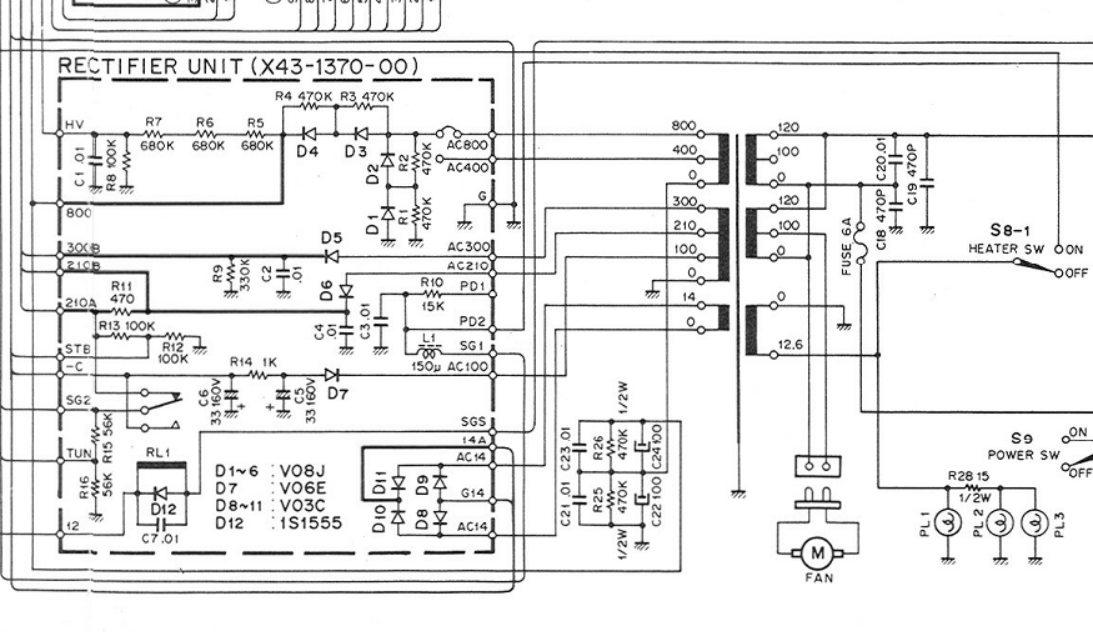
We would want a glitch resistance or sacrificial resistor on the 800 volt lead AFTER electrolytics C22 and C24 tie into the HV buss and before the RF plate choke of the PA stage. I would use two 4.7-ohm to 10-ohm energy absorbing resistors in series, like an OY series Ohmite resistor.
A pair of 4.7-ohm OX or OY resistors would limit fault current to much less than 66 amps, while a pair of ten-ohm resistors in series would limit fault current to much less than 40 amperes. Think about what I am saying here in terms of fault limiting. The original system had 5 ohms of resistance in the wrong place. It would limit fault current to less than 160 amperes. Assuming the original resistors did anything at all (I'm sure they a would be more harmful than helpful in a fault), we could now have four times the fault protection. This sounds like an awful amount of current, but most components could actually stand that until a fuse opened. For about ten dollars we could greatly increase fault protection and protect the expensive panel meter in the radio.
Glitch resistors always belong near the energy source, not in a grid, ground return, or cathode lead!